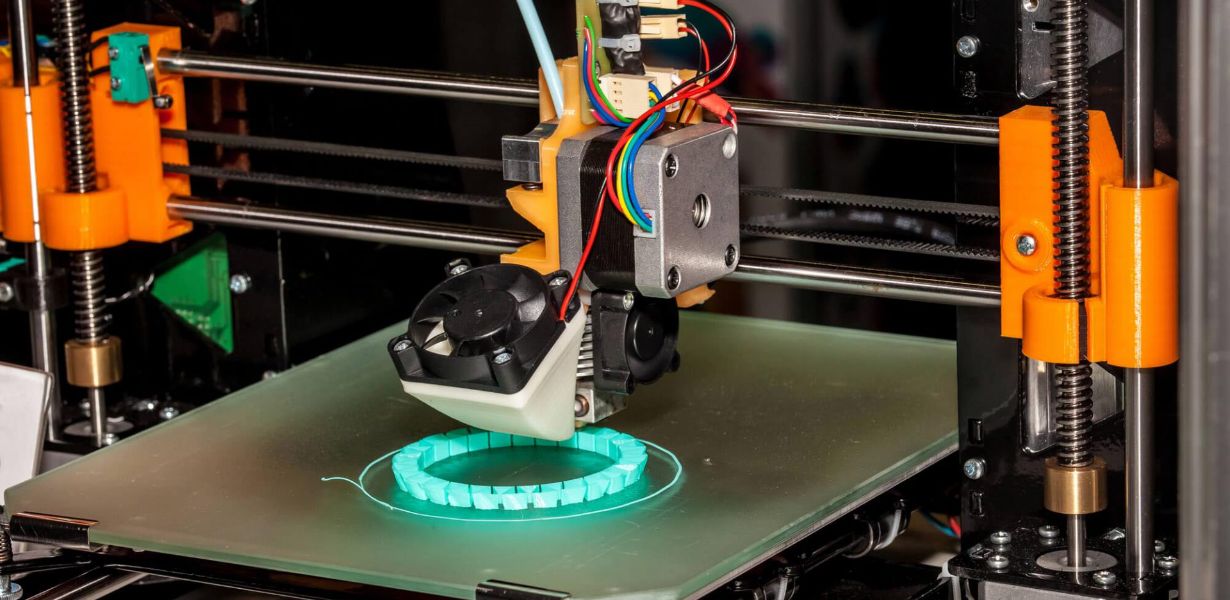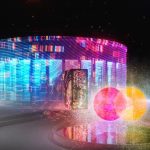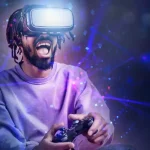
3D Printing in Motion: A Fascinating Dive into the World of 3D-Printed Animations
- Post
- August 7, 2023
- 3D & Animation, Web Design, Web Design Trends
- 0 Comments
Welcome to the captivating world of 3D-printed animations, where creativity and technology converge to produce awe-inspiring motion masterpieces. In this blog, we will embark on an illuminating journey, exploring the mesmerizing realm of 3D animations created through the revolutionary process of 3D printing. Get ready to witness how this groundbreaking fusion of art and innovation has redefined animation creation, bringing characters, objects, and stories to life like never before.
The Intersection of 3D Printing and Animation
At the heart of the topic lies the seamless integration of 3D printing and animation. As technology advances, so does the scope of creative expression. 3D printing, also known as additive manufacturing, is a process that fabricates three-dimensional objects layer by layer, offering unparalleled precision and complexity. The convergence of 3D printing with animation opens up a realm of possibilities, where animators can bring their wildest imaginations into reality.
Pioneering the Future: 3D Animation Examples
Let’s delve into some awe-inspiring 3D animation examples that demonstrate the true potential of this dynamic medium. From enchanting character animations to mind-bending visual effects, 3D printing allows animators to push the boundaries of storytelling and evoke emotions like never before. Imagine watching a 3D-printed character come to life, transcending the limitations of traditional 2D animation, and leaving audiences spellbound.
The Journey of a 3D Animation Maker
The process of creating 3D-printed animations is an intricate dance of artistry and technology. A 3D animation maker meticulously crafts a digital model, shaping each element with precision and creativity. The model then comes to life through the 3D printing process, where layers upon layers of material fuse together to form the final product. The dedication of these animators and makers shines through in the intricate details of their creations.
Unveiling the 3D Animation Process
Let’s take a closer look at the 3D animation process, a fusion of art, technology, and innovation. It all begins with conceptualization, where animators breathe life into their ideas. Next comes the modeling stage, where digital designs take shape, followed by rigging and texturing to add depth and realism. The animation itself is brought to life during the rendering phase, and finally, the 3D printing process brings the animation into the tangible world, solidifying the vision into reality.
The Advantages of 3D-Printed Animations
One of the significant advantages of 3D-printed animations is the level of detail and precision that can be achieved. Animators can create intricate characters and objects with lifelike textures, giving their creations a tangible presence. Additionally, 3D printing allows for faster prototyping and iteration, empowering animators to refine their designs quickly. The potential for customization is also unparalleled, allowing for unique and tailored animations for various applications.
Exploring the Applications of 3D-Printed Animations
The applications of 3D-printed animations are vast and diverse. From the world of entertainment and gaming to educational platforms and advertising, 3D-printed animations leave an indelible mark. In medical fields, 3D-printed anatomical models aid in surgical planning and training. Furthermore, architects use 3D-printed animations to visualize their designs in a tangible form. This versatility makes 3D-printed animations an essential tool across industries.
The Future: Unleashing the Full Potential
The future of 3D-printed animations holds limitless possibilities. As technology continues to evolve, we can expect even more remarkable advancements in this field. Improved materials, faster printing processes, and enhanced animation software will lead to ever more lifelike and awe-inspiring creations. The synergy of 3D printing and animation will undoubtedly drive the boundaries of imagination, enriching our lives with artistry and innovation.
Frequently Asked Questions
Q1: What software do 3D animators use?
A: 3D animators typically use software such as Blender, Autodesk Maya, or Cinema 4D to create and animate their 3D models.
Q2: Can 3D-printed animations be used in advertising?
A: Absolutely! 3D-printed animations offer a unique and attention-grabbing medium for advertising campaigns, allowing brands to showcase their products in innovative and engaging ways.
Q3: How long does it take to 3D print an animation?
A: The time taken to 3D print an animation varies based on the complexity and size of the model. It can range from a few hours to several days for intricate and larger designs.
Q4: Are 3D-printed animations cost-effective?
A: While 3D printing does involve some initial investment, it can be cost-effective in the long run due to faster prototyping, reduced material wastage, and the ability to customize designs without the need for expensive tooling.
Q5: Can 3D-printed animations be used in education?
A: Yes, 3D-printed animations have found their way into education as valuable tools for visualizing complex concepts. They enhance learning experiences and provide a hands-on approach to education.
Final Words
In conclusion, the mesmerizing world of 3D-printed animations has transcended the boundaries of traditional animation, offering creators a playground of boundless creativity. This seamless blend of technology and artistry continues to revolutionize industries and captivate audiences worldwide. As we look ahead to the future, we anticipate the unbridled potential and the incredible impact this dynamic medium will have on our lives, inspiring generations to come.




